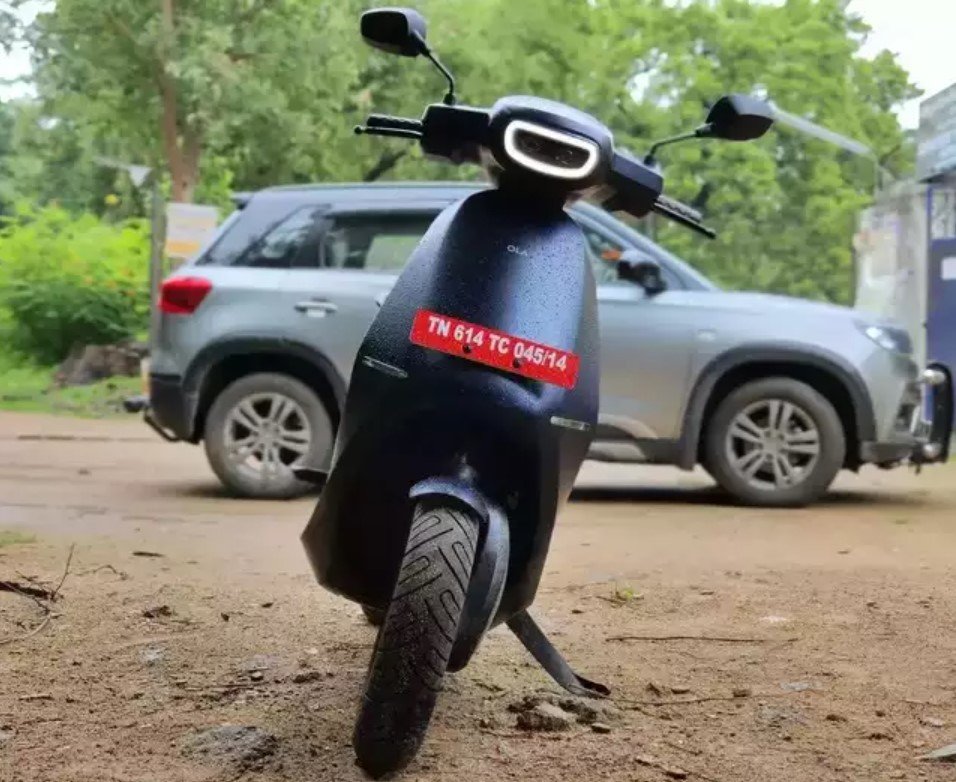November’s auto sales in India delivered a mixed bag, with passenger and commercial vehicles experiencing declines, while two-wheelers, three-wheelers, and tractors saw significant growth, according to FADA.
Passenger and Commercial Vehicles Face Yearly Declines
The Federation of Automobile Dealers Associations (FADA) reported a 13.72% drop in passenger vehicle (PV) sales compared to last November. Commercial vehicle (CV) sales didn’t fare much better, dipping by 6.08% year-on-year.
This downturn surprised many, especially given the previous month’s momentum. Why did it happen? Several factors played a role. Weak market sentiment, limited product variety, and fewer new launches made it tough for PVs. For CVs, issues like restricted product choices and older model inventories didn’t help.
Overall, the expectations for a strong finish to the year weren’t met. It’s a tough time for dealers and manufacturers alike.
Two-Wheelers and Tractors See Remarkable Growth
On the flip side, two-wheelers, three-wheelers, and tractors bucked the trend. Sales surged by 15.8%, 4.23%, and a whopping 29.88% respectively. That’s pretty impressive!
Here’s a quick look at the numbers:
| Vehicle Type | Year-on-Year Growth |
|---|---|
| Two-Wheelers | +15.8% |
| Three-Wheelers | +4.23% |
| Tractors | +29.88% |
This growth is likely driven by consistent demand in rural areas and the rising need for affordable transportation. Two-wheelers, in particular, remain a staple for many Indians, offering both convenience and economy.
However, it’s not all smooth sailing. Despite the growth, the momentum might not stay strong. Dealers are cautiously optimistic but are keeping an eye on market shifts.

Market Challenges and Dealer Feedback
“November was supposed to build on the previous momentum, especially with the marriage season,” said FADA President CS Vigneshwar. But reality painted a different picture. Dealer feedback indicated that marriage-related sales didn’t pick up as expected. Plus, Deepawali’s spillover into November threw a wrench into the sales trajectory.
The CV segment wasn’t spared either. Challenges like limited financier support and the absence of major festivals impacted sales. External factors, such as elections and a slowdown in coal and cement industries, added to the woes.
Inventory levels remain a concern too. Although reduced by about 10 days, they still hover around 65-68 days. This imbalance is something dealers are keen to address moving forward.
Looking Ahead: Future Prospects for the Auto Industry
What’s next for India’s auto sector? The outlook is mixed. Two-wheelers are on a cautiously positive path, but PV and CV segments have a way to go. FADA remains hopeful for moderate improvements in PV sales, but CVs might need more targeted incentives and stable financing conditions to prevent further declines.
Will the industry bounce back in the coming months? Time will tell. Stakeholders are watching closely, ready to adapt to whatever comes their way.
